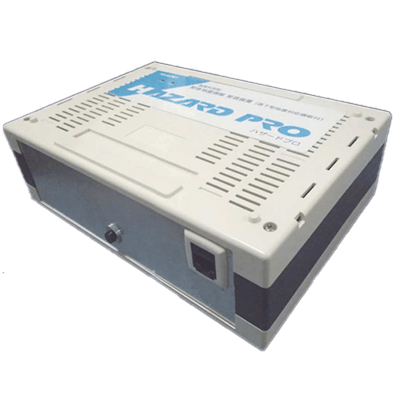What Is an Earthquake Early Warning Transmitter?

An earthquake early warning transmitter is a device that receives and transmits earthquake early warnings. There are two types of Earthquake Early Warning System (EWS) alerts: warnings and forecasts. A warning is issued for seismic waves detected at multiple stations with an expected maximum intensity of 5 or lower. A forecast is released when P-waves or S-waves exceed 100 gals at any station, with a magnitude of 3.5 or more or an expected maximum intensity of 3 or more. These forecasts are updated for accuracy and transmitted by earthquake early warning transmitters to display predicted seismic intensity and arrival time, controlling devices like elevators and building announcement systems.
Uses of Earthquake Early Warning Transmitters
Earthquake early warnings are transmitted through TV, radio, and cell phones, or via specialized transmitters. Transmitters, distributed by a licensed forecasting service provider, deliver both warnings and forecasts, offering faster and more accurate information. These transmitters are utilized in homes, stores, offices, buildings, factories, transportation facilities, and schools, with some types even notifying apartment intercoms.
Principle of Earthquake Early Warning Transmitters
Seismic waves consist of initial microtremors known as P-waves and main tremors known as S-waves. P-waves travel faster and are detected first, allowing prediction of the epicenter, seismic intensity, and arrival time, which are announced as early warnings. Transmitters receive these signals, calculate intensity and arrival time, and promptly transmit this information to users.
Features of Earthquake Early Warning Transmitters
These transmitters activate easily via an internet connection, notifying users with audiovisual alerts. Optional child units can be connected for wider coverage. They can be assigned fixed IP addresses for integration into corporate networks and interlinked with in-house broadcasting systems, making them suitable for large buildings and factories. Some models include built-in seismometers for faster response.
There are two types of transmitters: internet-based and FM radio wave-based. The latter is useful when internet access is blocked, although they mainly transmit warnings only.
General and Advanced Use of Earthquake Early Warnings
General warnings are issued through TV, radio, and cell phones without specific details like arrival time. Advanced use involves specialized transmitters providing detailed on-screen and voice information, including seismic intensity and arrival time, for precise locations. They can be interlinked with external devices for comprehensive safety measures.
Earthquake Early Warning Plum Method
The propagation of local undamped motion (PLUM) method, more accurately predicts seismic intensity for large earthquakes with a wide epicenter area. Earthquake early warnings are issued based on the higher prediction from either the PLUM method or the conventional method.